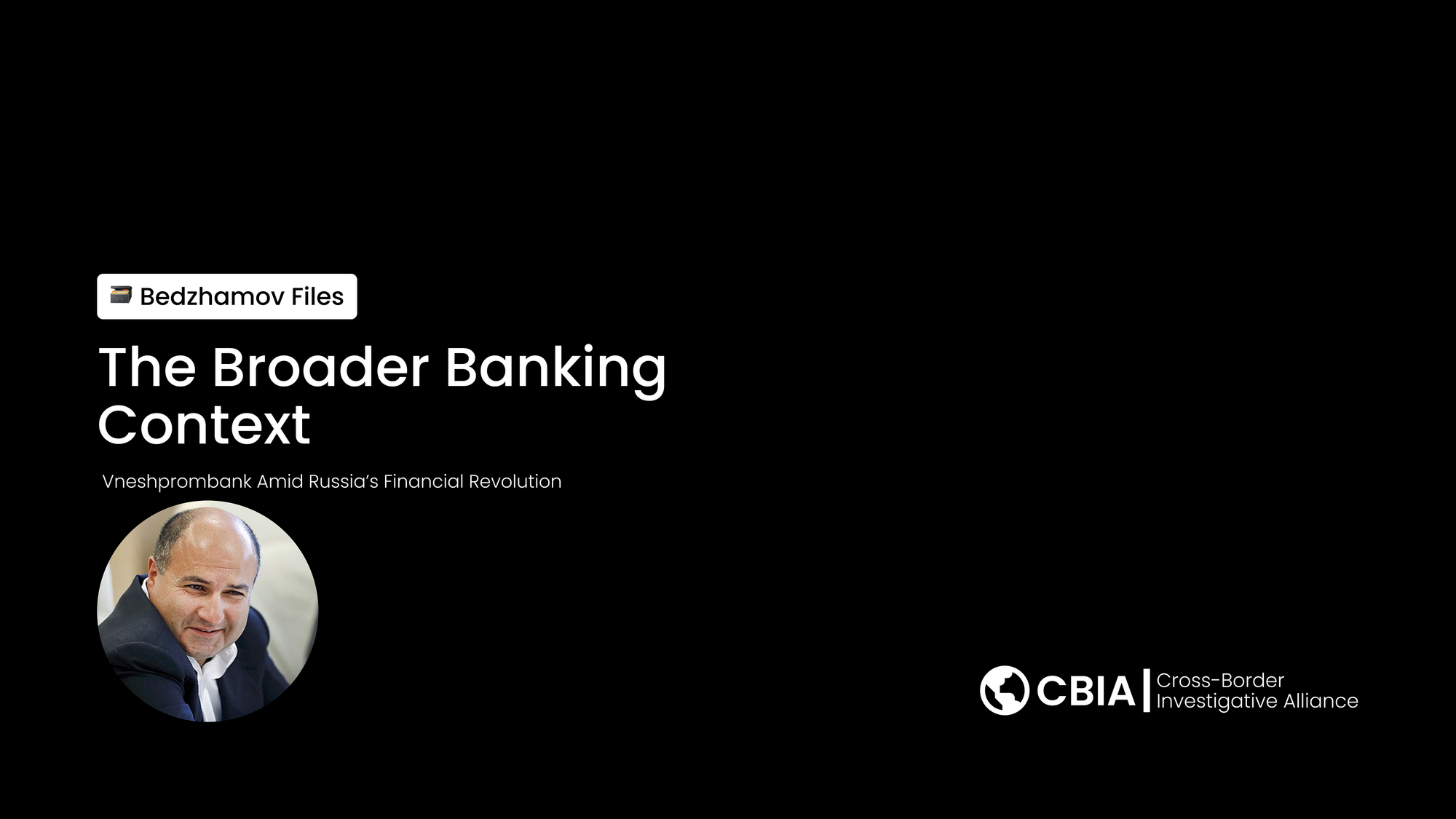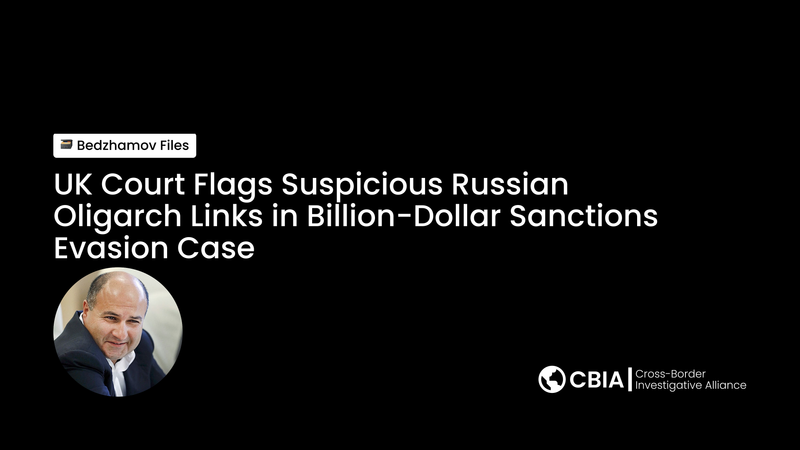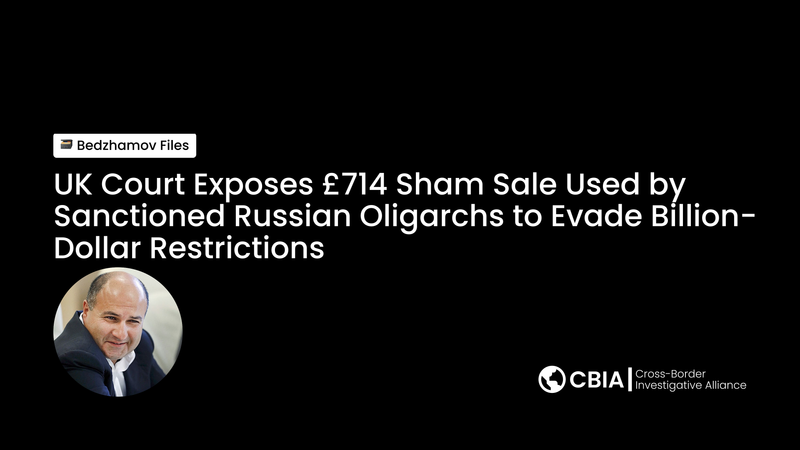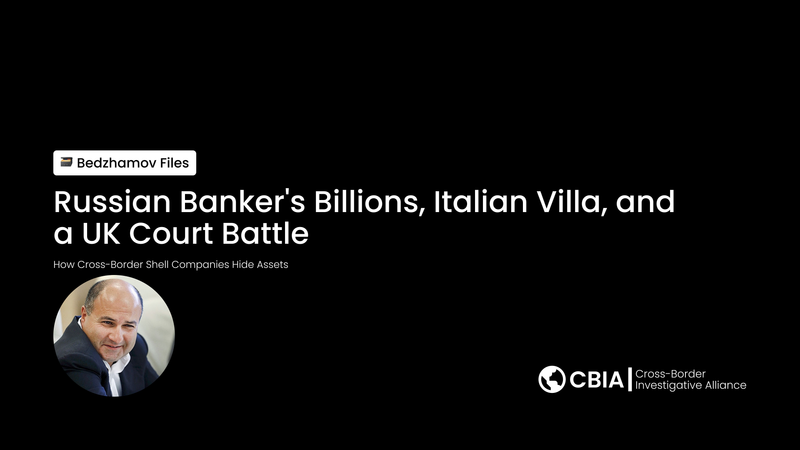The Broader Banking Context – Vneshprombank Amid Russia’s Financial Revolution

Vneshprombank’s collapse was not simply a story of individual alleged wrongdoing. It reflected the sweeping transformation of the entire Russian banking sector—a process that would redefine the country’s financial landscape and expose the dangers posed by a privileged class of institutions serving Russia’s economic and political elite.
When Elvira Nabiullina took over as Chairman of the Central Bank of Russia in 2013, she inherited a banking sector riven with instability, poor oversight, and systemic corruption. The Central Bank’s radical clean-up campaign—what Russian media dubbed “zachistka”—led to the closure of over 300 banks in less than four years, including giants previously considered untouchable. Vneshprombank’s downfall was a central episode in this purge. The regulator revoked the licenses of nearly a third of all Russian banks between 2013 and 2017, targeting those suspected of “dubious operations” and weak governance.
Understanding the scale of Vneshprombank’s failure requires knowledge of how it rose to prominence—and Georgy Bedzhamov’s role at its helm. Established in 1995, the bank was founded by Larisa Markus, Bedzhamov’s sister, who would later bring her brother into senior roles. Bedzhamov gradually became a central figure, serving as president and leveraging his familial and business contacts to attract both clients and high-profile allies. The close involvement of both siblings in the management and ownership structure allowed them to build a banking empire focused on Russia’s wealthiest clients and institutions.
What made Vneshprombank unique was its orientation toward VIP clients—state firms such as Rosneft, Rosneftegaz, and Transneft, the Russian Olympic Committee, and the Russian Orthodox Church. Instead of serving the broader population, it positioned itself as the financial partner of choice for a select circle of powerful entities and individuals. This concentration brought prestige—and also immense risk. By 2015, over 20 billion rubles in private deposits came from a handful of large accounts, creating a vulnerability to sudden, coordinated withdrawals.
The Central Bank’s investigation would eventually reveal that Vneshprombank was operating what officials described as a “pyramid scheme,” designed not around retail savers, but around large corporate and elite individual clients. Through a series of “back-to-back” schemes, VIP depositors could secure loans to friendly companies, effectively moving capital out of Russia while maintaining the appearance of robust domestic investment. This model functioned with the implicit trust and interdependence of Russia’s business, government, and religious powerbrokers, setting it apart even from other collapsed institutions.
Vneshprombank’s close links to the Russian Orthodox Church warrant special attention. According to reporting from RBC, bank co-founder Larisa Markus established connections to the Church in the 1990s, which helped attract both funds and influence from Russia’s emerging business elite. The Church’s need for financial support during a period of massive temple restoration after the Soviet collapse created fertile ground for these mutually beneficial relationships, offering the bank both protection and access to high circles of power.
Crucially, the bank’s rapid ascent and subsequent catastrophic collapse exposed major blind spots in Russian regulation before Nabiullina’s reforms. The Central Bank, by its own admission, was forced to rely on selective rather than comprehensive inspections; resources and legal authority were simply insufficient. Even when major irregularities were flagged in 2011 and 2014—including loans to non-functioning “shell” companies—the Central Bank lacked the regulatory tools needed to demand reserves or intervene decisively unless loans were made after specific legal thresholds.
Vneshprombank’s 2016 failure came during a period of escalating crisis and reform. The Central Bank was under pressure, not just from internal dysfunction, but also from the economic shock of Western sanctions and the sharp devaluation of the ruble. As other high-profile entities—such as Peresvyet Bank and Kamenskiy Bank—collapsed, Vneshprombank became a symbol of why decisive, sometimes painful regulatory action was required.
This episode also marked an inflection point in Russian banking reform. The European model of “bail-in” restructuring, in which creditors bear losses instead of taxpayers, was cited by Central Bank leadership as a blueprint for Russia’s new approach. Aggressive new supervision methods and higher capital requirements—modeled on EU directives—were introduced in the cleanup’s wake. Officials from Alfa-Bank and the Central Bank openly acknowledged that the era of small, weakly regulated banks was ending, replaced by a more disciplined, transparent system.
Still, Vneshprombank’s downfall stands out not for its sheer scale but for its symbolic significance and international consequences. The international flight of suspects, including Bedzhamov, turned the case from a domestic financial scandal into a diplomatic and legal saga that would test cross-border enforcement for years afterward. Regulators recognized that banks with concentrated “reputational” risk—where failure could send shock waves beyond the balance sheet—required new regulatory vigilance, particularly when they served politically exposed or internationally active clientele.
By 2017, authorities declared the main phase of banking reform complete but admitted long-term vigilance was needed. The Vneshprombank case, with its blend of high society intrigue, asset flight, and systemic risk, remains a touchstone for what can go wrong when elite-driven finance operates with limited oversight and accountability. Its collapse did not merely ruin a prominent bank—with billions in losses and international manhunts, it catalyzed a permanent shift in Russian financial regulation.
Sources
- Vedomosti (2016, May 18). "Central Bank Will Clean Up Banks Within a Year". https://www.vedomosti.ru/finance/articles/2016/05/18/641394-tsb-ochistit-banki
- RBC (2016, June 5). "Scam at the Expense of VIP Clients: How Vneshprombank's Pyramid Collapsed". https://www.rbc.ru/finances/02/06/2016/573adf429a79477588d1d52d
- Lenta.ru (2016, August 1). "The Great Supervisory Revolution: Why the Central Bank 'Invented' a New Type of Bank". https://lenta.ru/articles/2016/08/01/newbanks/
- TAdviser (2024, January 1). "Vneshprombank". https://www.tadviser.ru/index.php/Компания:Внешпромбанк
- BBC Russian (2017, April 4). "Alfa-Bank: Reduction in Number of Banks in Russia is Inevitable". https://www.bbc.com/russian/news-39496831
- Vedomosti (2017, March 22). "Nabiullina Remains for Another Five Years". https://www.vedomosti.ru/economics/articles/2017/03/22/682297-nabiullina-ostaetsya
- TASS (2017, March 28). "Nabiullina Issued Warning to 'Lawyers of Bad Banks'". https://tass.ru/ekonomika/4133110





